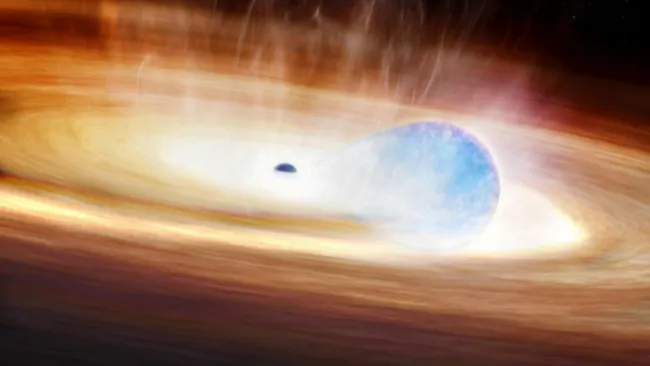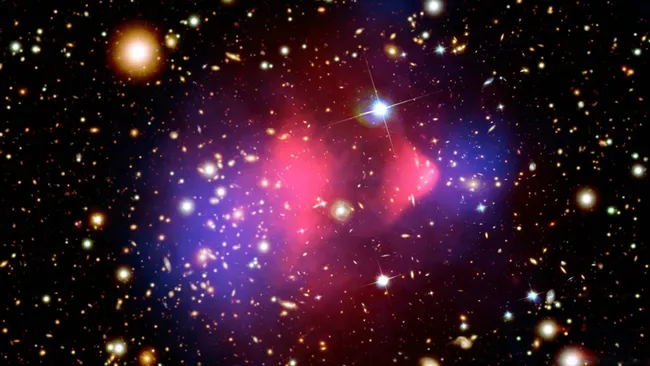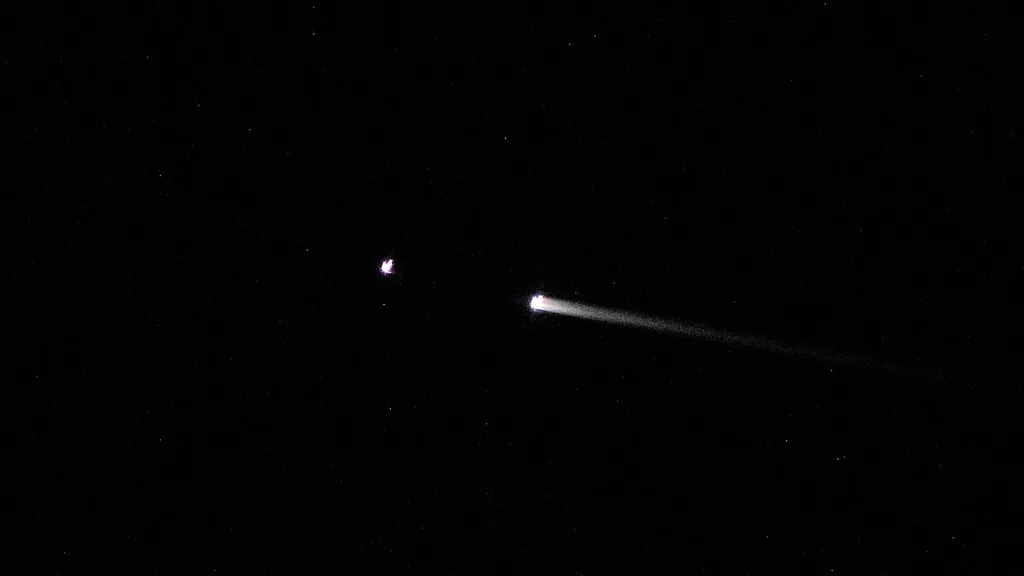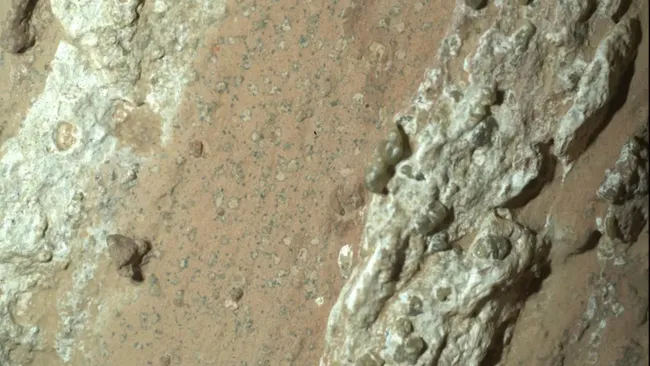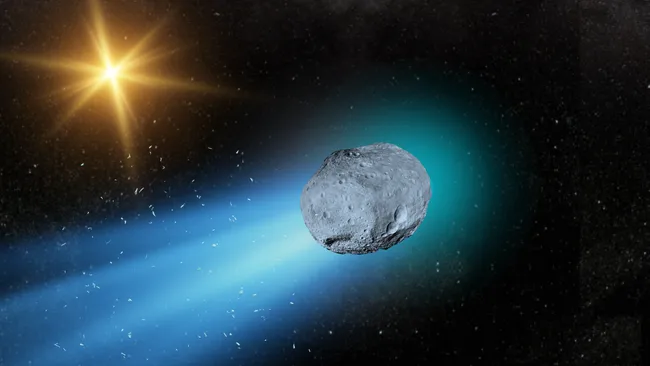Astronomers have reported what may be the first known case of a massive star exploding while interacting with a black hole. This remarkable discovery, named SN 2023zkd, could introduce a completely new class of stellar explosions.
First detected in July 2023 by the Zwicky Transient Facility in California, SN 2023zkd lies in a galaxy with minimal ongoing star formation about 730 million light-years away. Its detection came via a new AI system designed to flag unusual cosmic events in real time. This rapid alert allowed telescopes worldwide and in space to observe the explosion from its earliest moments.
According to astronomer Ashley Villar from Harvard University, SN 2023zkd shows some of the clearest evidence yet of a massive star interacting with a companion in the years before detonation. The phenomenon may belong to a hidden class of stellar explosions only detectable with AI’s speed and precision.
Initially, the event resembled a typical supernova. However, months later, astronomers observed an unexpected second brightening. Archival data revealed the system had been slowly brightening for about 1,500 days — roughly four years — before the explosion, a sign of intense gravitational strain.
Researchers believe the most plausible explanation is that the star orbited a black hole. Observations of light curves and spectra suggest the star experienced two major eruptions before collapsing, shedding vast amounts of gas. The first light peak came when the blast wave hit low-density material, while the second peak resulted from a slower collision with a dense, disk-shaped cloud.
In another possible scenario, the black hole destroyed the star before it could explode naturally. In this case, the debris would have created the supernova’s light by colliding with surrounding gas. Either way, the result would be a single, more massive black hole.
Lead researcher Alexander Gagliano described SN 2023zkd as the strongest evidence yet that such close interactions can directly trigger a stellar explosion. The rarity of observing a massive star in the act of mass exchange before death makes this event exceptional.
The discovery also demonstrates AI’s power in identifying rare cosmic events quickly enough for detailed observation. Upcoming projects like the Vera C. Rubin Observatory in Chile will enhance this capability, scanning the entire southern sky every few nights. With AI detection and advanced observatories combined, astronomers will be able to track more of these rare and complex phenomena, shedding new light on how massive stars evolve and die in binary systems.
This groundbreaking research appears in the Astrophysical Journal on August 13.

